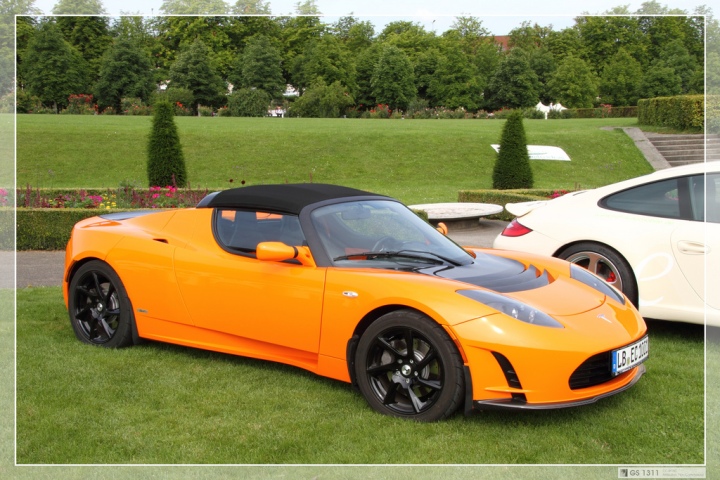
Imagine a country that loved luxuries cars and the people who could afford them. It loved these cars so much that they where subsidies and given tax exceptions. The country wanted to honor the rich people who could afford these cars and they where therefore rewarded by getting access to special lanes and free parking.
Imagine a neighboring country where the government loved villas and the rich who could afford them. They made sure that there where investment opportunities that only people with villas could take part of. The governments even subsidies these investments by guarantying their revenue flow. The leftwing parties in these countries were so happy about the subsidies that they demanded that they should be increased.
The two countries are Norway and Germany. Perhaps not countries known for subsidizing their rich, but when it comes to energy policies the political world could be upside down.
Norway have been trying to promote electric cars but these cars are very expensive. The government has given all sorts of incentives including subsidies, tax exemption, free parking and access to bus lanes. All of these benefits are of course only enjoyed by the rich populations who could afford buying these expensive cars. Not surprising, the Teslas S model luxury sedan, with a starting price of $ 112 000 was for a time in 2013 Norways most sold car[1].
In Denmark, Sweden, and in Germany solar power is strongly subsidies. House-owners are encouraged to install solar panels on their roof and are guaranteed a high price for the electricity they produce. Many rich people living in villas have used these subsidies to get richer. These incentives create a high price for electricity and in both Denmark and Germany household consumers pay much more for electricity compared to the rest of Europe[2]. This is perhaps not a problem for the rich who could afford investing in solar power or paying a high price for their electricity. It is a problem, however, for poor people who want to stay warm during the winter. This system, largely supported by the left, is taking money from the poor and giving it to the rich.
These two examples highlights the problematic situation that arises when traditional left wing parties try adopt an environmentalist agenda, while claiming to promote inequality. Many policies for reducing greenhouse gases, like high taxes on carbon and subsidies for private power production, will hit the poor harder than the rich. I do not wish to argue for or against more leftwing or environmentalist policies. I do argue, however, that it is hard to have both and that this important debate is often neglected.
http://www.vansterpartiet.se/politik/energi
http://energytransition.de/2012/10/renewable-energy-act-with-feed-in-tariffs/
http://www.economist.com/blogs/economist-explains/2014/12/economist-explains-10
[1] http://my.teslamotors.com/it_IT/forum/forums/tesla-model-s-bestselling-car-norway
[2] http://ec.europa.eu/eurostat/statistics-explained/index.php/File:Electricity_prices_for_household_consumers,_second_half_2014_(%C2%B9)_(EUR_per_kWh)_YB15.png